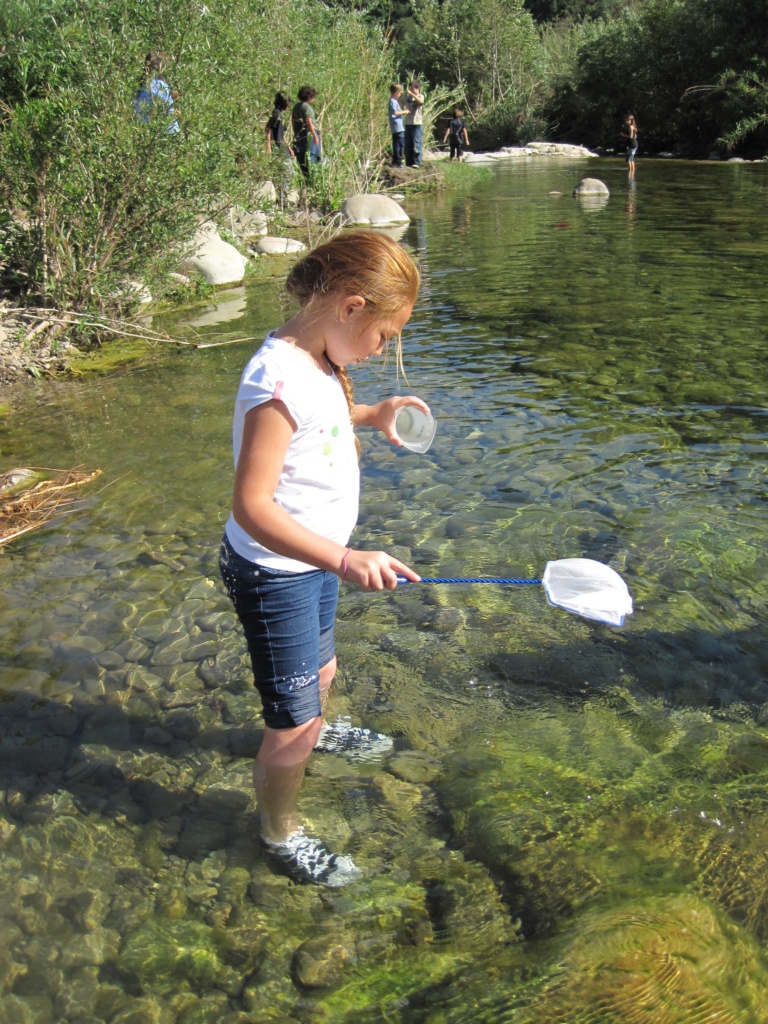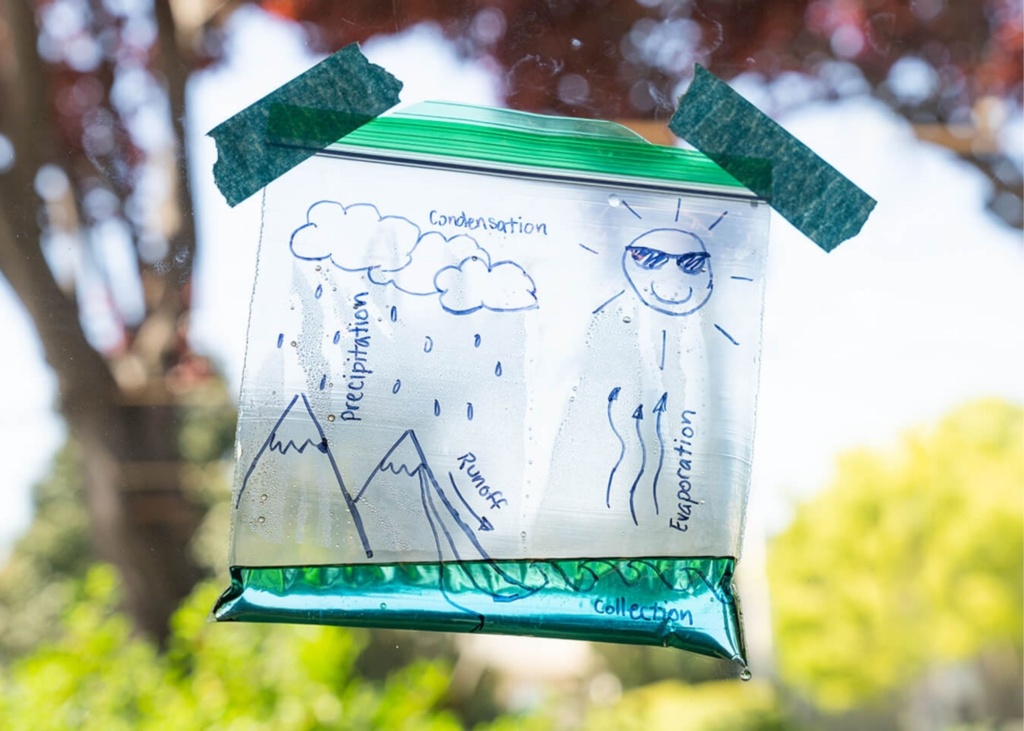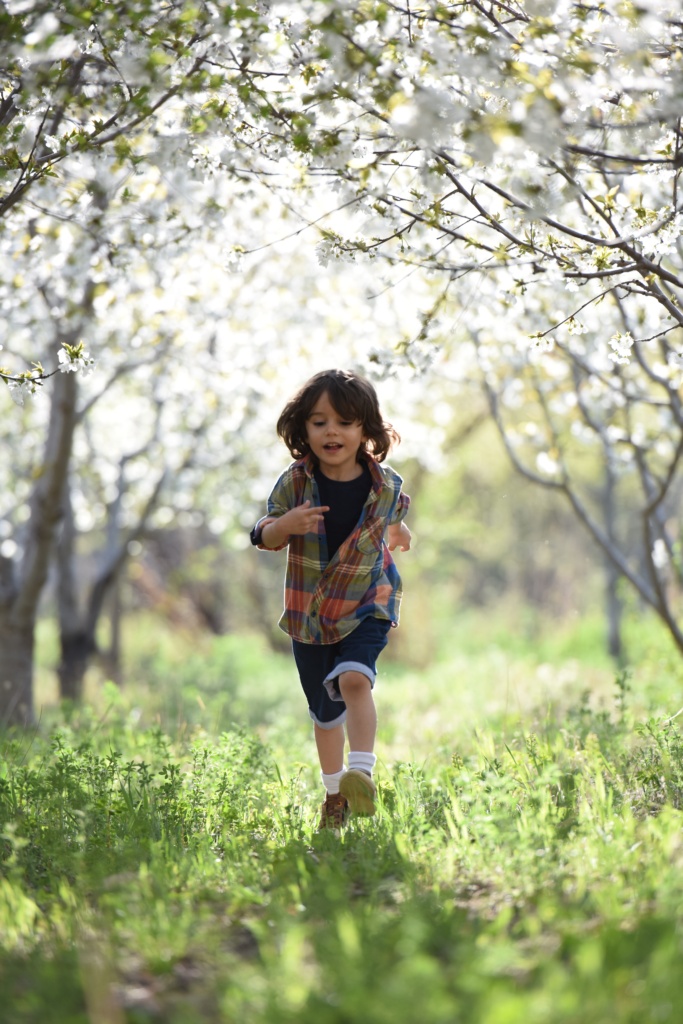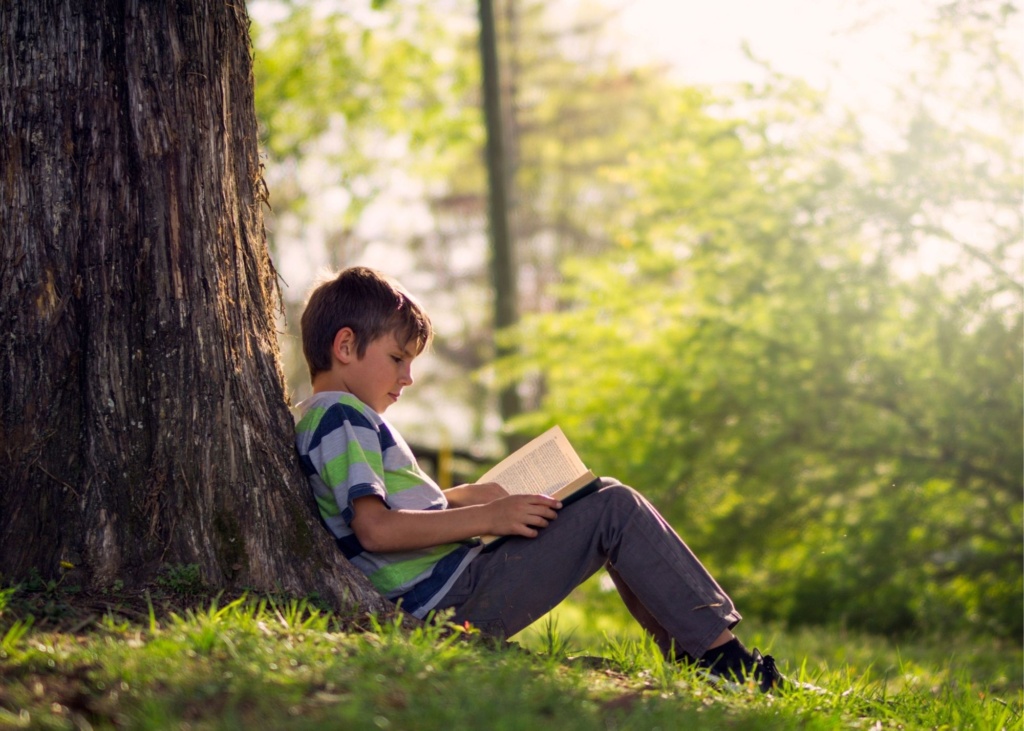If you’ve ever followed a hermit crab’s footprints across a tidepool, built a fort in the wilderness, or listened closely to a bird’s song, you understand the sense of wonder and quiet joy that activities in the wild can inspire. For kids, the natural world can be a place of curiosity, creative play, and discovery.
A growing number of studies suggest that connection with nature has significant physical, psychological, and academic benefits for kids. Time in the wild can also inspire greater sensitivity to the surrounding world, a deeper understanding of environmental issues, and real-life opportunities to practice problem-solving.
Channelkeeper’s education programs aim to nurture environmental awareness and stewardship in young people with the understanding that today’s youth are the decision-makers of tomorrow. Their environmental ethics are critical to our planet’s future. By fostering a connection between young people and the natural world, we hope to inspire the next generation of clean water leaders.

To extend our discovery-driven curriculum beyond field trips and classroom visits, we’ve gathered a few fun, hands-on educational activities for young explorers and families to experience together. Learn about how water moves through a watershed and the ways in which it can become contaminated. Discover the fluid dynamics of the water cycle. In addition, we’ve included some special places to explore with activities such as rock hopping in Mission Creek at Rocky Nook Park, tidepooling at Coal Oil Point, bird watching at the Goleta Slough, and reading inspiring stories in the shade of a tree.
We hope that you share these activities with a special child in your life and enjoy a moment in nature together.
Activities:
Make a Watershed
Have you ever wondered where water goes when it rains? In this simple activity you can make a model watershed and watch how the water flows over the land.
- Crumple up a piece of plain office paper and then smooth it back out most of the way- it should remain a bit crumpled, showing small ridges (high points) and valleys (low points).
- Imagine that this paper is a section of land. Find the ridgelines (the tops of the fold-lines).
- Use a washable blue marker (not permanent) to color along the ridgelines on your land. The blue color from the marker will help you follow the path of the precipitation.
- Use a spray bottle of water to create a rainstorm over your land. The goal is to create gentle sprays of mist.
- Spray the bottle once, and observe the precipitation. Has the water begun to move in your watershed? If not, then lightly mist again, until the precipitation starts traveling on your watershed.
- As your rainfall accumulates, observe the pathways where the excess rainfall travels.
Explore your watershed. With your finger, trace your stream (the path of the blue marker) all the way back up to where it starts at the top of the ridge. When you reach the top, this is the edge of the watershed for your stream and lake. Trace the entire edge of the watershed with your finger by following the ridgeline. Everything inside, the downward-sloping area you have just outlined is the watershed for your stream or lake.
Find the Solution to Pollution
- Gather up 4-5 clean glass jars, masking tape, paper coffee filters, and a magnifying glass.
- Collect water from different sources including tap water, a creek or lake, or even the ocean making sure to label each jar with the water source.
- Fit the coffee filters just inside the mouths of additional large, wide-mouthed jars.
- Take one of the water samples, and slowly pour the water through the filter into the other jar. Repeat for each water sample, pouring it into a new jar with a fresh coffee filter.
- Open each filter and examine it through the magnifying glass.
- Analyze the filters. Which filter is the most discolored? Which filter caught the most particles? Did any of the samples leave a colored residue on the filter?
- Discuss how the water in creeks, rivers, and the ocean can become polluted. Where do pollutants come from?
- A major cause of water pollution in Santa Barbara and Ventura Counties is nonpoint source pollution, or contamination that comes from more than one source. As water runoff moves over land, it picks up and carries natural and human-made pollutants into our creeks and rivers, which eventually drain into the ocean. What steps can we take to reduce water pollution in our area?

Create a Water Cycle Model
- Use a permanent marker to draw the water cycle on a Ziplock bag (if possible, reuse a plastic bag for this activity). You can create your own interpretation of water collection, evaporation, condensation, and precipitation or follow this easy video.
- Pour about ⅓ cup of water into the bag. You can add one or two drops of blue food coloring to the water if you choose, but it’s not essential.
- Find a sunny window and tape the bag to the glass.
- Check in on the water cycle bag at different times throughout the next few days. Do you see water droplets form along the bag from the condensation? Eventually, you may see streaks along the side of the bag as the droplets grow and drop down the side, representing precipitation. From there, the water will recollect and pool at the bottom, mimicking the water cycle we experience on Earth.
- Rinse out the plastic bag and reuse it for other household needs!

Outdoor Adventures:
Visit Mission Creek in Rocky Nook Park
Rocky Nook Park is not only free to visit, its creek area is a special place to connect with nature. Practice your rock hopping skills and get to know Mission Creek’s pools while looking for tadpoles. How many different kinds of water bugs can you find? Pick up 5 pieces of trash to leave the park a little cleaner than you found it.
Low Tide Beach Walk
Check the tides and head to the beach to explore during low tide! How many creatures can you count? Can you find the wrack line, the horizontal line on the beach where kelp, driftwood, and insects collect? This accumulation area plays an important role in beach ecology. How many hermit crabs can you find in a tidepool? Can you find a sea star? Their populations are just starting to recover following a wasting disease. Be sure to leave them on the rock where you observed them! Check for low tides at Tide Predictions – NOAA Tides & Currents
Some of our favorite tidepools to explore include Tarpits Beach in Carpinteria, Leadbetter Beach in Santa Barbara, and in the Campus Point Marine Protected Area at Coal Oil Point in Isla Vista.
Watch the Birds
We’re so lucky! The Santa Barbara area has so many great opportunities to observe birds, including many species that pass through seasonally. Have you ever spotted a red tail hawk? How about a snowy egret? We challenge you to find your favorite bird! What sort of habitat does it prefer? What does it like to eat? What sounds does it make?
Visit the Goleta Slough, Lake Los Carneros, and Santa Barbara Bird Refuge for some excellent birding and check out the free ebird app for help with bird identification and cool facts!

Read books outside!
Have you ever read a book with your feet in a creek? How about under a tree? Borrow a few books from your local library or find them online and head outdoors! Some of our favorites include:
- Once Upon a Watershed by Dianne Bennett
- The Big Book of the Blue by Yuval Zommer
- Deep in the Ocean by Lucie Brunelliere
- All the Way to the Ocean by Joel Harper
- The Little Creek that Could by Marc Angelo
- The Lorax by Dr. Seuss
- The Watcher: Jane Goodall’s Life with the Chimps by Jeanette Winter